Wednesday May 24, 2023

We sleep in a little as the sights we have planned for this morning do not open until 1000. We are going to tour the Brixia Archelogical Park. On the way there, we stop in a small church called Santa Maria Della Carita. It was built in the 16th century and additions were made through 1825. During the second half of the 1600s, the 14th century image of the Madonna Della Carita was set over the magnificent altar. It is said to have miraculous powers. It is a small church but very nice.
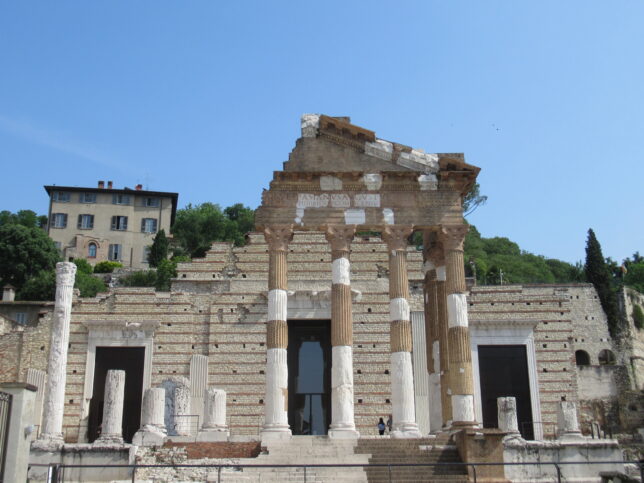
We get to Brixia and discover that you need a reservation to go inside one part of it. The next available is 1040 but they say we will be with a school group. We decide to go with it and reserve the time. While waiting we get to explore some of the outside remains. Brixia was the name of Brescia in Roman times and it contains Roman remains such as the forum, theatre, and Capitolium Temple. The Temple, built in 73 A.D. was the heart of the Roman city dedicated to the three main Roman Gods: Jupiter, Juno, and Minerva. The remains of the temple include Corinthian columns and marble floors with geometric decorations of the first century A.D. We find that the tour inside is not super impressive and the school group actually slows us down. One exception was the 1st century bronze statue of the Winged Victory. It was found in 1826 between two walls of the temple along with other bronze items. We did enjoy the outside park though.

When we do finish, we decide to climb up the hill and explore the castle and its two museums before doing the other part of Brixia, the Santa Giulia Museum. This is mainly because of the large number of school groups we see in the area. We travel uphill and when we get closer, pass through an ancient gate, which has the winged lion of Venice over it. We walk through the grounds of the castle until we find the Risorgimento Museum. There is a painting of Napolean (he really got around), another with the double eagle and crown ( I think the Hapsburgs), and several paintings depicting some of the history of Brescia. It has just recently reopened after being closed for twenty years. The layout is nice with good English descriptions and several interactive displays. The other museum at the castle is the arms museum. It has a fairly large collection of armor and weapons. However, we have seen plenty of these on this trip and there are only a few interesting pieces that we have not seen.

Outside, we do get a nice view of the old town from one of the rampart areas. The castle itself stands where the first settlement of the city was. It is one of the largest castles in Northern Italy and played a central role in the cities history until the early 20th century. The central keep and surrounding walls were built during the Visconti era while the massive bastions and monumental entrance were built under the Republic of Venice (remember the winged lion) who governed the city for more than four centuries. In 1849, it was the scene of several clashes with Austrian Troops and in 1945 members of the resistance were shot here. After a bit more exploring of the castle grounds we head back down to the Santa Giulia Museum.
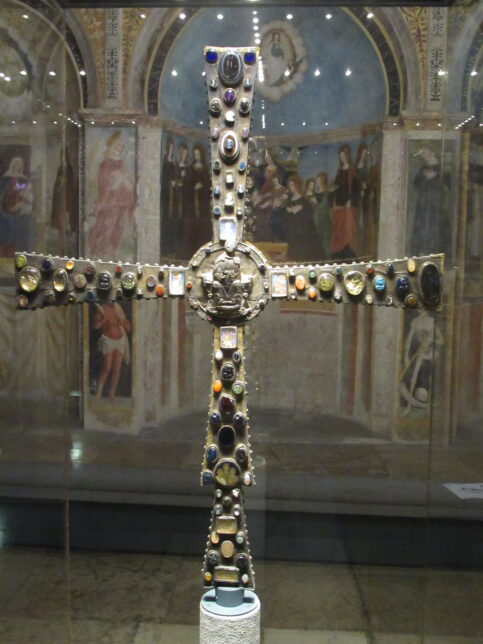
The museum stands where a former nunnery of the Benedictine Order of St Giulia (from 753) which was founded by King Desiderius (the last Lombard King) and contains a Lombard Basilica, 16th century church, and remains of a Roman domus. The church of San Salvatore is one of the most important Lombard buildings ever, containing the crypt of St Salvatore, and was built in 753 by King Desiderio as a symbol of his monarchy. It also holds the relics of St Giulia. The Church of Santa Maria in Solaris was the oratory of the nuns. It dates to the 12th century and houses an ivory box used as reliquary. Upstairs is the Croce di Desiderio, a 9th century gold cross with Lombard and Roman decorations covered in precious gems, 212 of them. Another beautiful room was the nuns choir above and the room known as the Martinengo Mauseleum below it. Besides beautiful frescos, the distinguished tomb features a series of relief sculptures. Although the museum has some beautiful artifacts, frescoes and history, it seems a bit unorganized in the direction they send you in. It does not flow as smooth as it should and some of the direction arrows are misleading as to where you are to continue. We enjoy it even though we are pretty tired by the end.
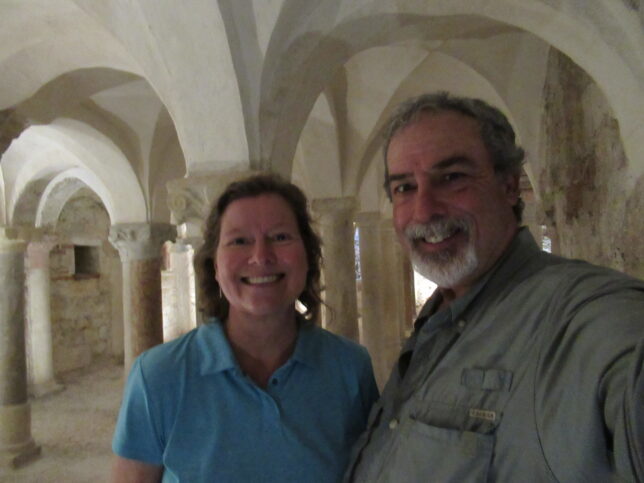
Later this evening, our dinner choice is I Due Dela Contrada, a small local place we had passed by last night. It is raining a bit when we go out and for some reason we turned down a street which when it joined the street the restaurant was on, happened to do so further down then we knew. We turned left when at that point we should have turned right, so we walked a few extra blocks before realizing our error. We turned around, found the place and went in for a nice meal. We had a tagliatelle with wild boar ragu and paccheri with a spicy ribs sauce. Both dishes were very good. After dinner, the rain had stopped which somehow led us back to the gelato place. I told you we would be back. A short walk later and we were back in our room. Another nice day in Brescia.
Expenses. Dinner at I Due Dela Contrada 43E Gelato 5.80E Locanda Della Mercanzie 105E Walked 7.1 Miles
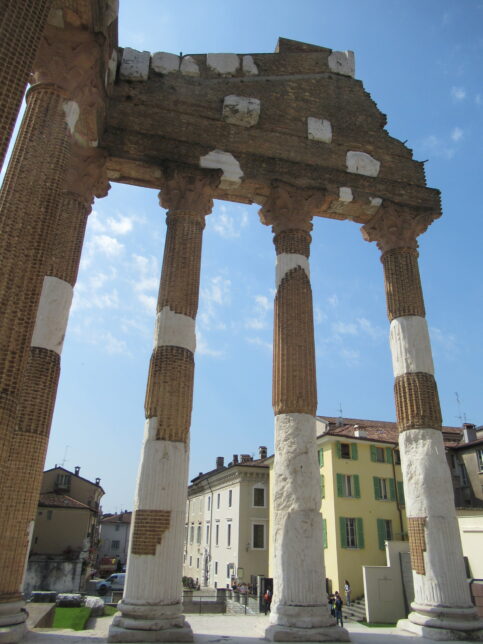

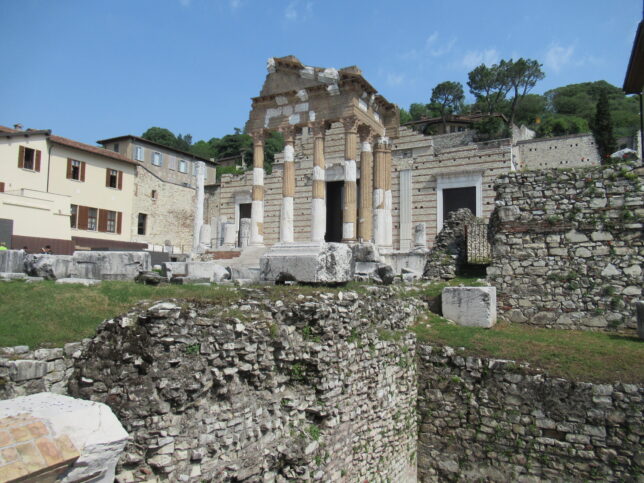
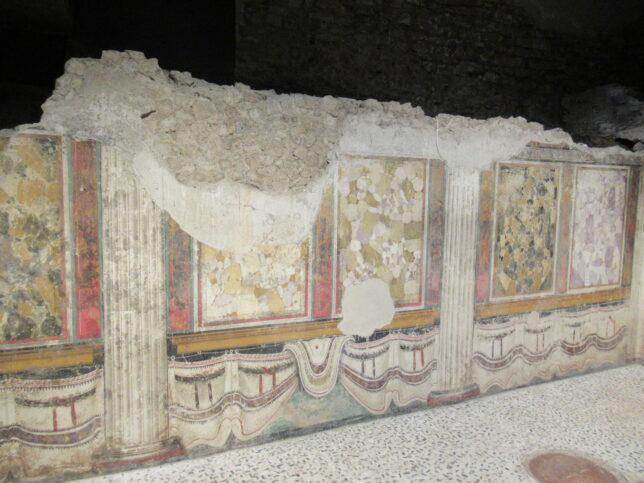
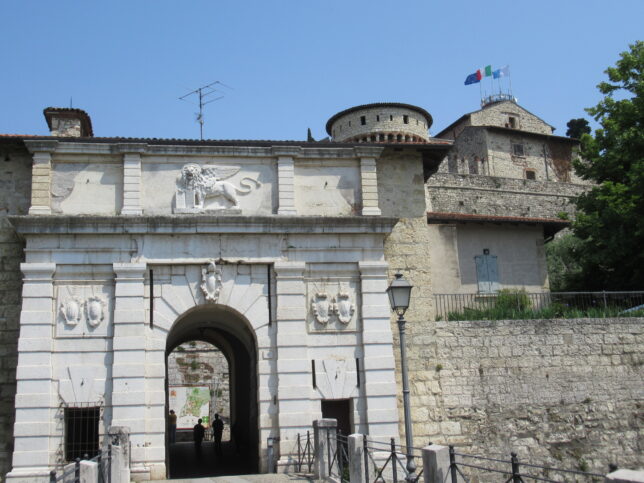


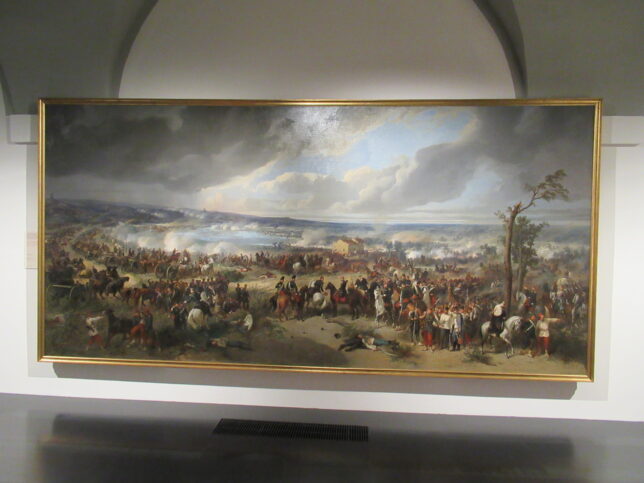
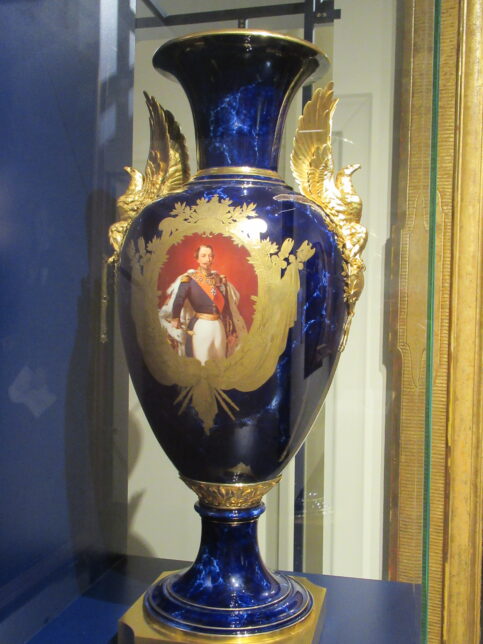


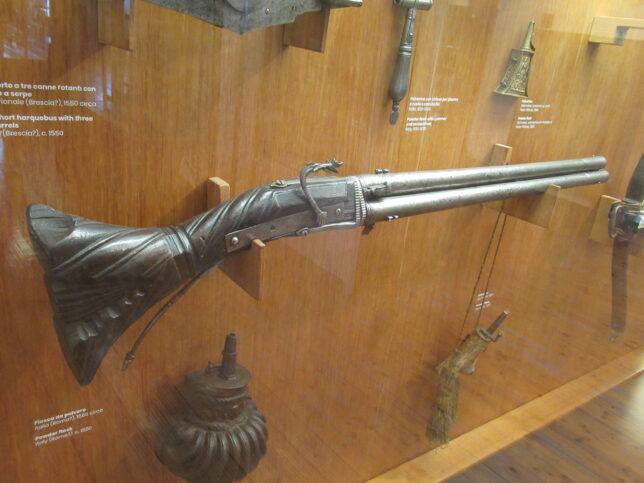
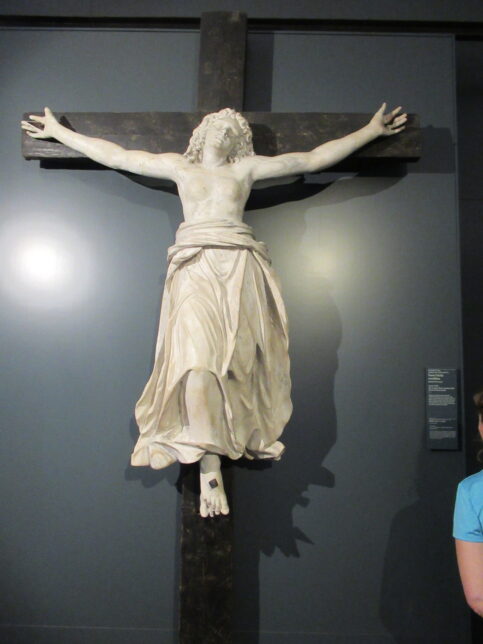
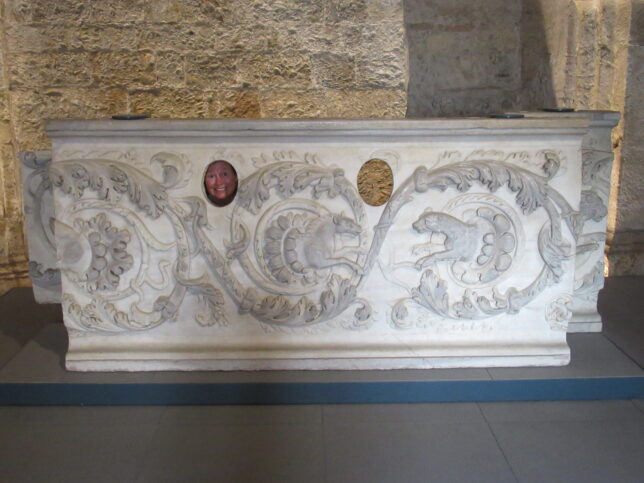
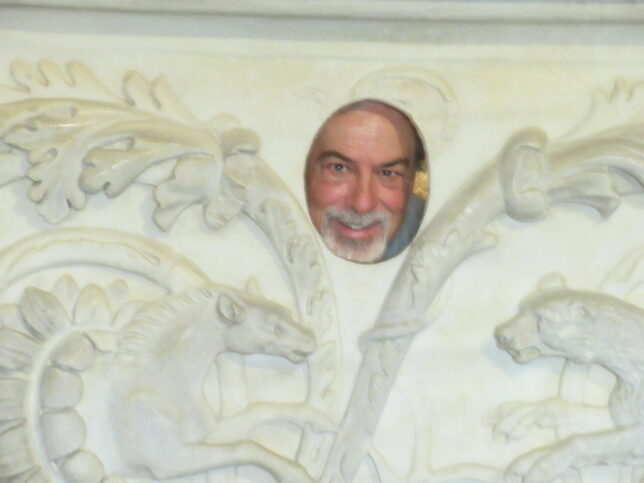


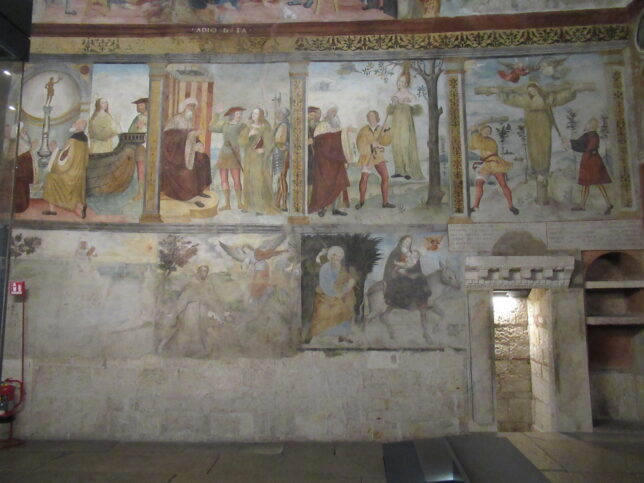
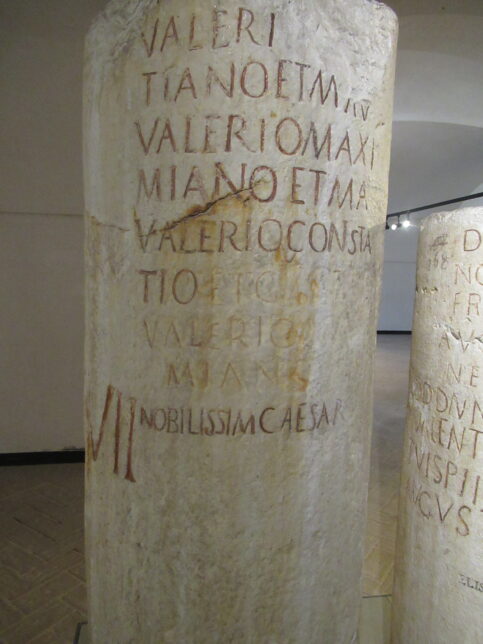
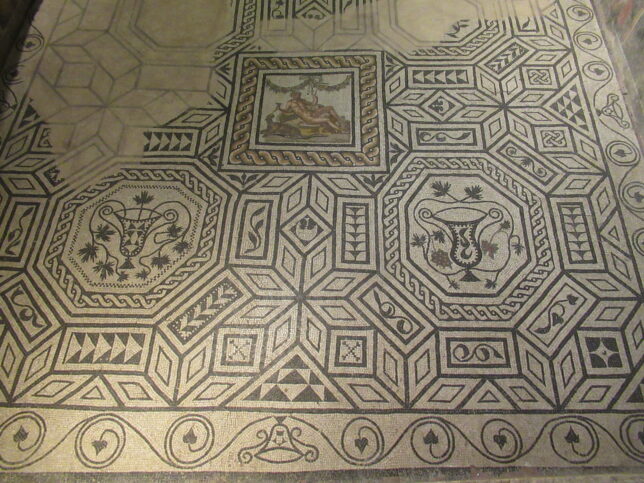

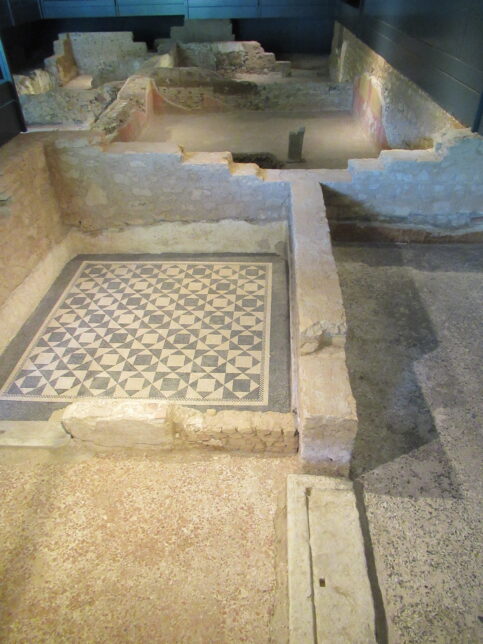
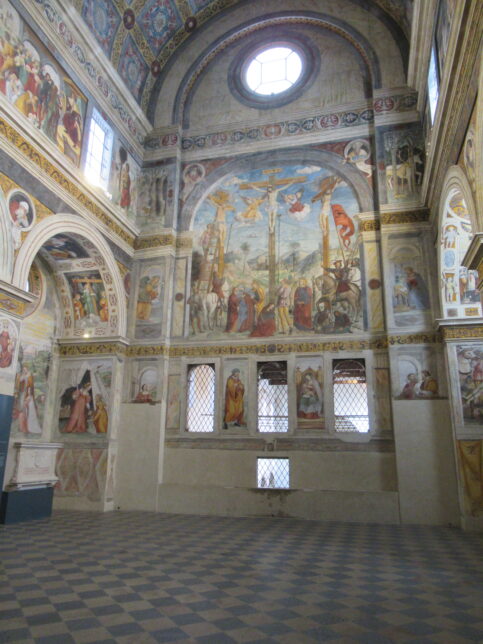
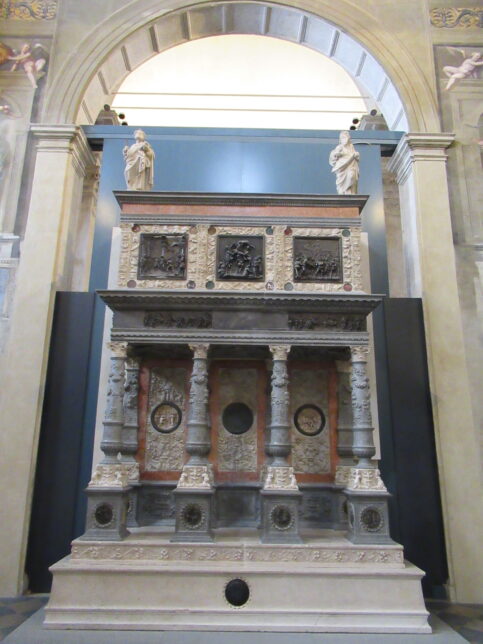


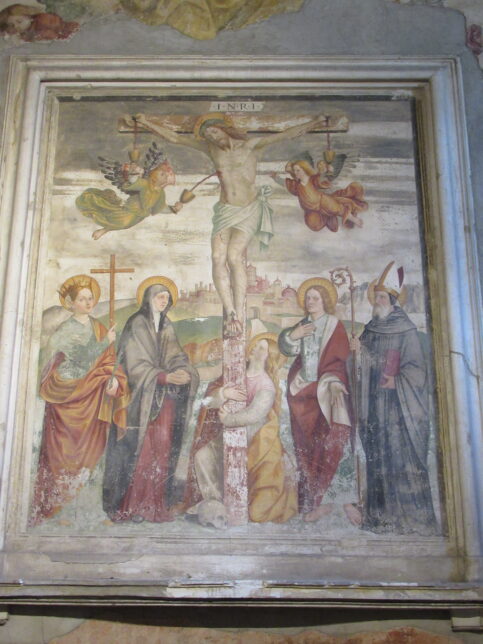
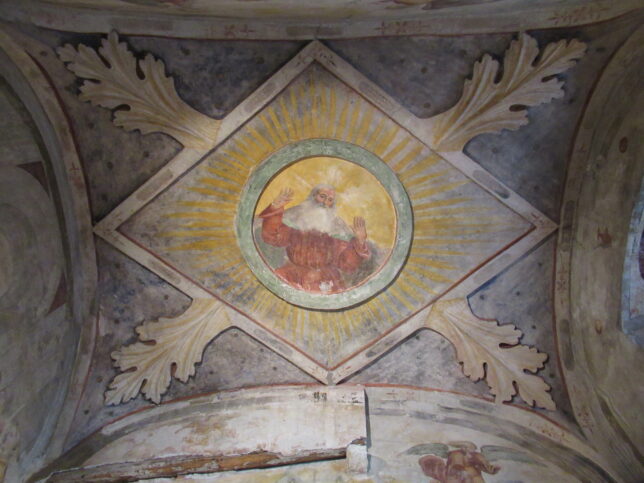
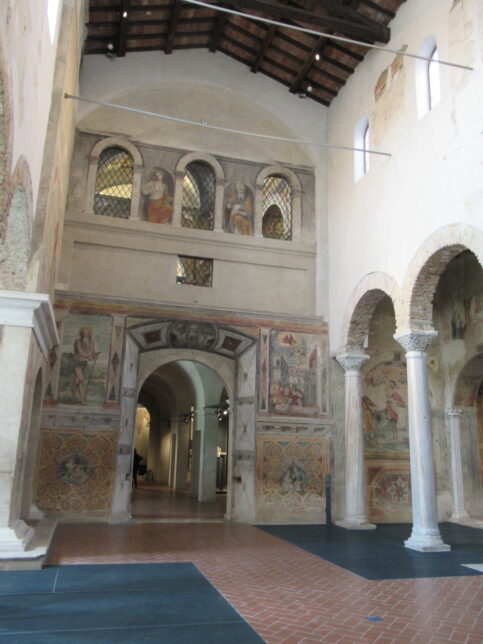
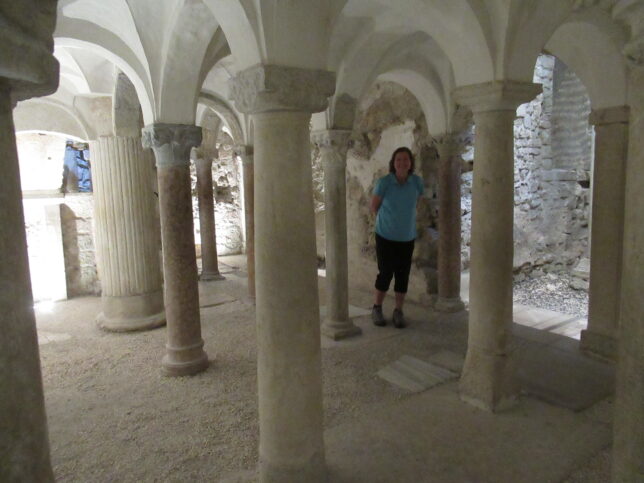

No Comments Yet